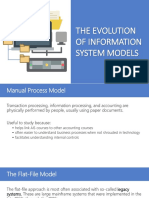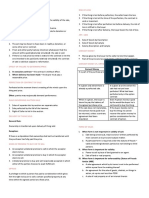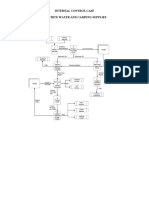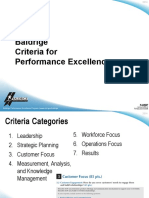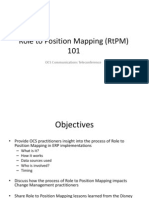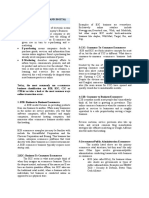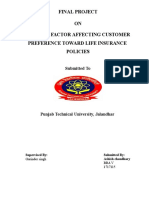0% found this document useful (0 votes)
654 views2 pagesInformation Systems Analysis & Design
This document provides an overview of information systems, system acquisition methods, the system development life cycle (SDLC), and system development methodologies. It discusses:
1) The key components and functions of information systems, including people, information, software, hardware, data, and processes.
2) Common methods for acquiring systems, such as in-house development, commercial systems, and turnkey systems.
3) The four main phases of the SDLC - planning, analysis, design, and implementation.
4) Two structured design methodologies - waterfall development and parallel development - that follow a formal step-by-step approach through the SDLC phases.
Uploaded by
Guiamae GuaroCopyright
© © All Rights Reserved
We take content rights seriously. If you suspect this is your content, claim it here.
Available Formats
Download as DOCX, PDF, TXT or read online on Scribd
0% found this document useful (0 votes)
654 views2 pagesInformation Systems Analysis & Design
This document provides an overview of information systems, system acquisition methods, the system development life cycle (SDLC), and system development methodologies. It discusses:
1) The key components and functions of information systems, including people, information, software, hardware, data, and processes.
2) Common methods for acquiring systems, such as in-house development, commercial systems, and turnkey systems.
3) The four main phases of the SDLC - planning, analysis, design, and implementation.
4) Two structured design methodologies - waterfall development and parallel development - that follow a formal step-by-step approach through the SDLC phases.
Uploaded by
Guiamae GuaroCopyright
© © All Rights Reserved
We take content rights seriously. If you suspect this is your content, claim it here.
Available Formats
Download as DOCX, PDF, TXT or read online on Scribd
/ 2












